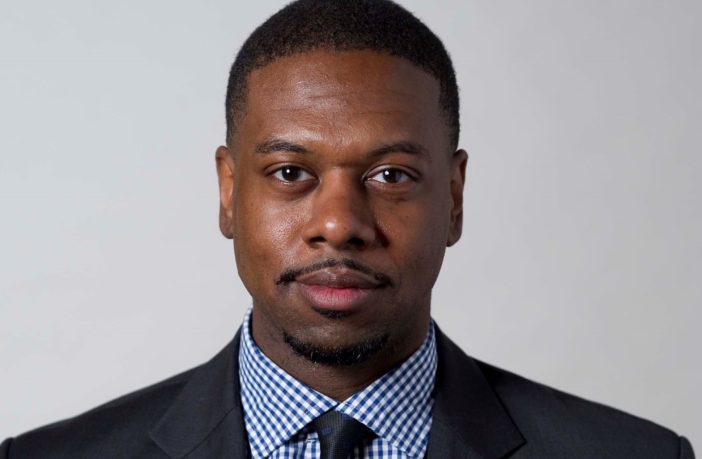By Megan Sayles
AFRO Business Writer
msayles@afro.com
Mark Anthony Thomas is the president and CEO of the Greater Baltimore Committee (GBC). The organization recently unveiled the first economic scorecard to track private investments in the Greater Baltimore area. Photo courtesy of Greater Baltimore Committee
The Greater Baltimore Committee (GBC) unveiled the first-ever Investment Scorecard for the Region, establishing a benchmark to measure the area’s future economic growth. The scorecard presents data on Greater Baltimore’s investment and development deals, labor force and tax revenue.
In 2023, the scorecard revealed that the region attracted 347 investment and development deals for a total of $4.19 billion. GBC predicts that these investments will create 23,000 new direct jobs, generating $1.7 billion in labor income.
“One of the top things that people ask me is, how are we going to better tell the Baltimore region story?” said Mark Anthony Thomas, CEO and president of GBC. “What you find is it’s not just an ad or a commercial, how we better tell our story is in all these different ways. One is making sure the world knows that people are investing in Baltimore.”
The scorecard examines data from seven jurisdictions in the region, including Anne Arundel, Baltimore, Carroll, Cecil, Harford and Howard Counties and Baltimore City. Of the 347 deals, 140 were development, totaling $3.4 billion, and 207 were investment, amounting to $800 million.
Development deals are those that involve a physical component of growth, like real estate and companies opening or expanding in the region, whereas investment deals encompass venture capital and start-ups. The leading deal was the $500-million transformation of Harborplace, led by David Bramble at Baltimore-based MCB Real Estate.
Thomas said as data continues to be collected on the scorecard, the region will have a better sense of its performance in drawing private sector investments.
“There is no timeline that this is going to stop. It’s going to get better,” said Thomas. “We’re going to better understand how companies are investing and how foreign direct investments are flowing into our market, but today is about setting a baseline.”
More broadly, the scorecard demonstrates the diversity of Greater Baltimore’s economy. Investments in 2023 came from life sciences, information technology, hospitality, manufacturing, business services, real estate, education, logistics, agriculture, artificial intelligence, energy and aerospace industries.
At least 62 investments came from out of state, and five were international deals. GBC said these measures were likely undercounts.
“We are not just focused on one or two sectors, and even our seven jurisdictions have so much diversity and strength within them,” said Nick Henniger-Ayoub, director of policy and research for GBC. “For that reason, we have a regional economy that we can be proud of— even when comparing to peer and competitor regions.”
Megan Sayles is a Report for America corps member.



